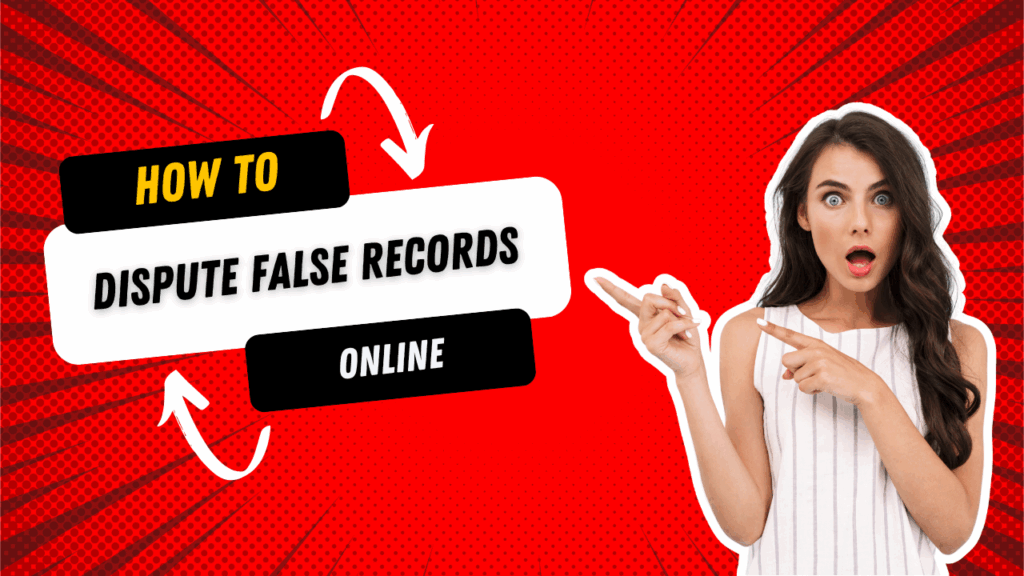Finding false legal records about yourself online can be shocking and damaging. Even if you were never charged, convicted, or involved, inaccurate court records can stick to your name and hurt your reputation. The good news? You have options to fight back.
Here’s a clear guide on how to dispute false legal records online and protect your personal and professional image.
Dig Deeper: How to Remove Court Records from Google Search
Step 1: Confirm the Error
Before taking action, confirm exactly what’s wrong. Search your name in incognito mode and document everything:
- Website URLs where the record appears
- Screenshots of the false information
- The specific inaccuracies (wrong charges, outdated info, misidentification)
You’ll need this evidence when you file disputes or contact websites.
Step 2: Contact the Original Source
Most legal records come from official court websites or databases. Start by contacting the original source if possible:
- Call the court clerk’s office where the case is listed
- Provide documentation proving the mistake
- Request a correction or formal update to their database
If the original record is corrected, third-party sites are more likely to remove or update their listings.
Step 3: Request Removal or Correction from Third-Party Sites
Many background check companies and public record aggregators pull from outdated or incorrect databases. Once you fix the source—or if you find an outright false listing—contact the third-party site directly.
How to do it:
- Find the site’s contact or “opt-out” page
- Provide proof the information is wrong (court documents, expungement orders, or official letters)
- Politely request correction or removal
Popular sites to check include Whitepages, BeenVerified, Spokeo, and similar databases.
Step 4: Use Google’s Removal Tools
If a false legal record contains personal information (like your Social Security number, home address, or banking details), you may qualify to request removal directly from Google.
Use Google’s Content Removal Tool:
- Submit the URL
- Select the reason (personal info, doxxing, etc.)
- Attach supporting evidence
Google will review your request and, if approved, hide the page from search results.
Step 5: Suppress the False Information
If removal isn’t possible, you can still fight back by pushing accurate, positive content higher in search results. This approach is called search engine suppression.
Strategies include:
- Building a personal website
- Publishing positive news articles, blog posts, or press releases
- Optimizing social media profiles (LinkedIn, Twitter, etc.)
The goal is to dominate the first page of Google with truthful, high-authority information about yourself.
Step 6: Work with a Reputation Management Professional
Dealing with false legal records online can be stressful, slow, and complicated. A professional reputation management company like Top Shelf Reputation can help:
- Dispute and remove false information
- Build a strong, positive online presence
- Monitor your name for future risks
Final Thoughts
False legal records online can feel overwhelming, but you’re not powerless. By documenting errors, contacting the right sources, and using smart SEO strategies, you can correct the record and protect your reputation.
Need help? Top Shelf Reputation specializes in removing false legal records and cleaning up your online presence. Reach out today to take the first step toward restoring your good name.

